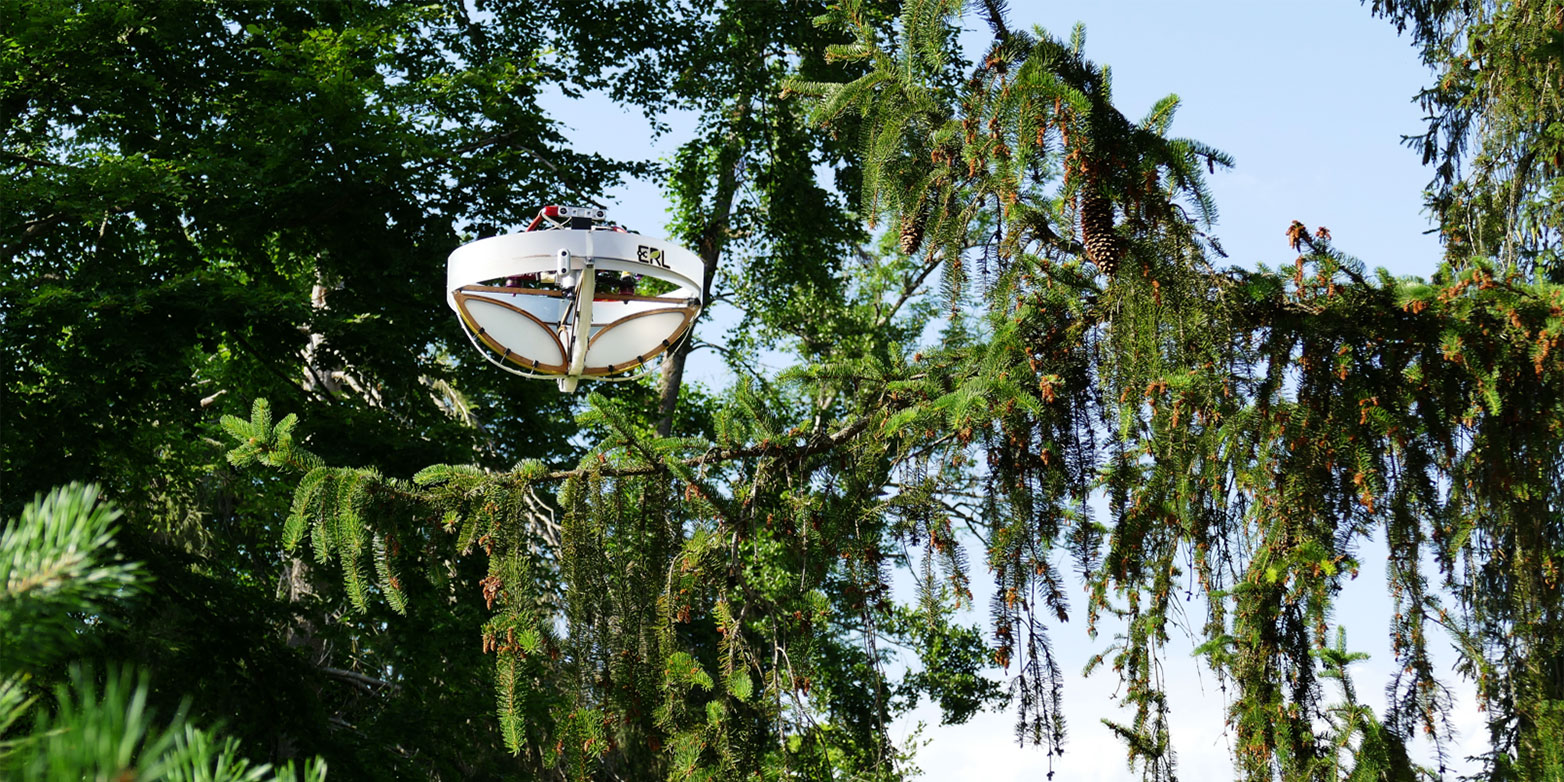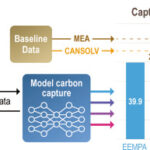2023-01-19 スイス連邦工科大学チューリッヒ校(ETH)

・ ETH、スイス連邦森林・雪氷景観研究所(WSL)および SPYGEN社が、樹木の枝に留まって有機物のサンプルを自律的に収集する特殊ドローンを開発。
・ 環境に残された有機物の遺伝物質の痕跡である環境 DNA(eDNA)は、特定の地域に存在する種の特定に役立ち、生物多様性のリスト化とモニタリングに利用されている。水や土壌からのサンプルの採取は容易だが、林冠等の環境へのアクセスは困難なため、多くの種が未採取となっている。
・ ドローンに搭載した粘着シートで樹木の枝から物質を採取し、研究室で DNA を抽出、増幅して配列を決定し、データベースと比較して種を特定する。様々な形状や状態の枝にドローンが自律的に接近してサンプルを採取する間に安定した状態を維持できるようなプログラミングが主要な課題。
・ ドローンに力検出ケージを取り付けることでこの課題に対処。ドローンがその場で枝の状態を測定し、自身の飛行操縦に適用する。
・ ドローンによるサンプル採取の試験では、鳥類、哺乳類および昆虫類を含む 21 種類の生物の DNAの発見に成功。シンガポールの 100 ヘクタールの熱帯雨林で 24 時間以内での生物多様性の発見能力を競う 2024 年の国際競技会(XPRIZE Rainforest Competition) に向けてさらに改善を重ねる。
・ チューリッヒ動物園(Zoo Zurich)のマソアラ熱帯雨林施設にて、この競技会と同様の環境条件下でドローンの効率の試験を実施。施設内の全生物を把握しているため、eDNA の痕跡捕獲の達成度を評価することができる。
・ サンプル採取デバイスの効率性と作動速度の向上が競技会に向けた課題。スイスでの試験では 3日間で 7 本の樹木からサンプルを採取したが、シンガポールの競技会では 1 日でその 10 倍のサンプルを採取する必要がある。
・ 実際の熱帯雨林環境では、頻繁な降雨による eDNA の消失やドローンの飛行を妨げる風や雲等の追加的な課題があるため、過酷な熱帯条件下でのドローンによる飛行・サンプル採取の実力を見極める機会となる。
URL: https://ethz.ch/en/news-and-events/eth-news/news/2023/01/special-drone-collects-environmental-dna-from-trees.html
<NEDO海外技術情報より>
関連情報
Science Robotics 掲載論文(アブストラクトのみ:全文は有料)
Drone-assisted collection of environmental DNA from tree branches for biodiversity monitoring
URL: https://www.science.org/doi/10.1126/scirobotics.add5762
Abstract
The protection and restoration of the biosphere is crucial for human resilience and well-being, but the scarcity of data on the status and distribution of biodiversity puts these efforts at risk. DNA released into the environment by organisms, i.e., environmental DNA (eDNA), can be used to monitor biodiversity in a scalable manner if equipped with the appropriate tool. However, the collection of eDNA in terrestrial environments remains a challenge because of the many potential surfaces and sources that need to be surveyed and their limited accessibility. Here, we propose to survey biodiversity by sampling eDNA on the outer branches of tree canopies with an aerial robot. The drone combines a force-sensing cage with a haptic-based control strategy to establish and maintain contact with the upper surface of the branches. Surface eDNA is then collected using an adhesive surface integrated in the cage of the drone. We show that the drone can autonomously land on a variety of branches with stiffnesses between 1 and 103 newton/meter without prior knowledge of their structural stiffness and with robustness to linear and angular misalignments. Validation in the natural environment demonstrates that our method is successful in detecting animal species, including arthropods and vertebrates. Combining robotics with eDNA sampling from a variety of unreachable aboveground substrates can offer a solution for broad-scale monitoring of biodiversity.





